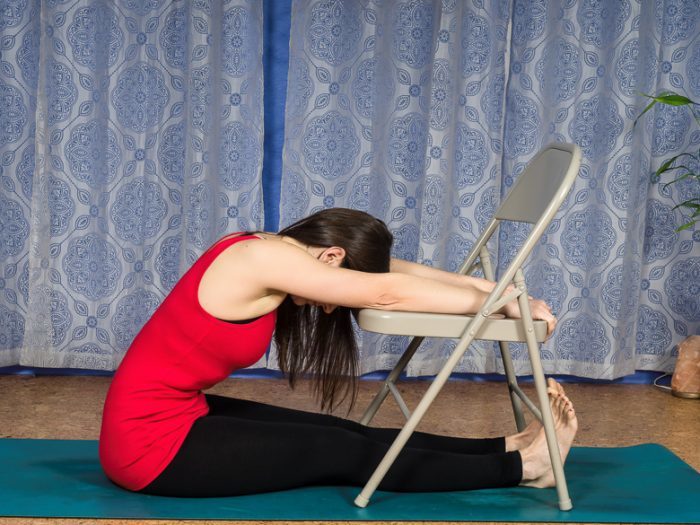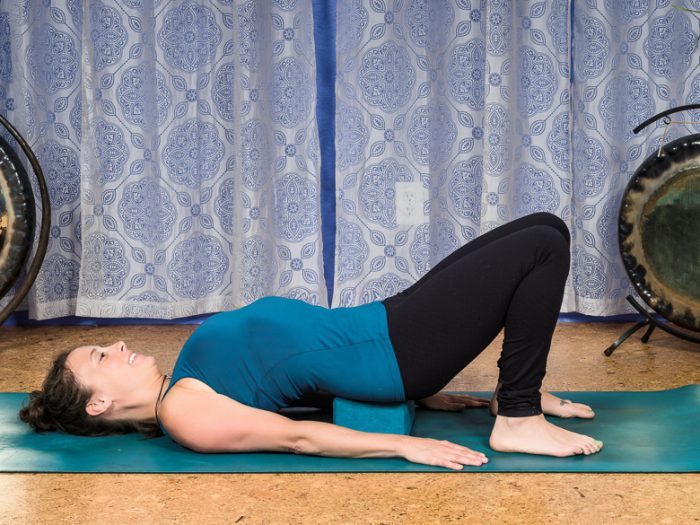Vagusnervens rolle i kroppen
Værende den største nerve i kroppen, så har vagusnerven større indflydelse end blot på kroppens fysiske funktioner. Visse studier peger på at en sund vagusnerve er vigtig for social binding og empati, såvel som vores evne til at lave komplekse beslutninger. Mystikere tror at den også er et forbindelsespunkt mellem vores bevidste og ubevidste sind, den fysiske og den subtile krop. Derfor kunne vagusnerven være den mest relevante del af vores fysiske krop som relaterer til vores fred i sindet og lykke.
Det er klart at vagusnerven spiller en kritisk rolle i vores kroppe og derfor er vital for vores velbefindende. Folk med en forringet vagal aktivitet kan lide af ting såsom depression, panikforstyrrelser, ængstelse, humørsvingninger og kronisk træthed. Fysisk kan en vagal ubalance resultere i irritable tyktarm, fedme, halsbrand, usund hjerterhytme, og kronisk betændelse.
Kommentar: Denne artikel er delvis oversat til dansk af Sott.net fra: The importance of vagal stimulation for health and well-being
Scientists have been conducting research on the vagus nerve to understand how it impacts our overall well-being. In their research, they found that stimulating the vagus nerve with electrical signals has the potential for reducing depression and anxiety. Scientists also found that vagus nerve stimulation can improve conditions such as epilepsy and obesity.
Vagus Nerve Stimulation Exercises
People with optimal vagal tone are resilient under stress because they can easily shift from an excited state to a relaxed state. This switches on the parasympathetic nervous system, which is responsible for rest, digestion and fertility. As a result, these individuals often enjoy excellent digestion, optimal heart rate and good overall health.
Unfortunately, it is not always easy for someone to switch on the parasympathetic nervous system and relax. That is because we spend so much of our time in a state of fight or flight. This state is governed by our sympathetic nervous system, which floods the body with stress hormones.
Luckily, there are plenty of natural and non-intrusive ways that you can stimulate the vagus nerve. Here are five vagus nerve stimulation exercises to help you improve your vagal tone.
1. Mindful Breathing
Long, deep breathing is the best way to activate the vagus nerve. Even though the vagus nerve is already involved in our involuntary breathing, when we do it consciously it helps to improve vagal tone. This, in turn, gives the the body a chance to rejuvenate.
Here is a simple mindful breathing exercise. First, make sure to sit comfortably in a chair or on a folded blanket. Then follow this breath pattern:
- Sit upright and close the eyes.
- As you inhale, lift your collarbone and sit straighter.
- As you exhale, soften and relax.
- As you inhale, expand the sides of your rib cage.
- As you exhale, soften and relax.
- As you inhale, expand the front and back of your rib cage.
- As you exhale, soften and relax.
- Repeat for 5-10 minutes.
Comment: The Éiriú Eolas breathing and stress-reduction program is another excellent way to directly stimulate the vagus nerve. Try it free today.
In addition to mindful breathing, restorative yoga is an ideal way to stimulate the vagus nerve, as it incorporates both the breath and relaxing postures. Here are three beneficial restorative postures.
2. Supported Forward Fold (Paschimottanasana)
Sit with legs extended straight, and fold forward over legs. Keep neck and shoulders relaxed. Make sure to support the torso/arms/head with a chair, bolsters or pillows. If the low back is not comfortable, sit on a pillow or folded blanket. Hold for 10-15 minutes, breathing mindfully.
3. Supported Bridge (Setu Bandha Sarvangasana)
Lay flat on the ground with legs bent. Place feet flat on the ground, hips' width apart. Lift hips, and place a block (or large book) under the low back/pelvis. Rest back down onto the block. Hold for 10-15 minutes, breathing mindfully.
4. Reclined Spinal Twist with Bent Knees (Supta Jathara Parivartanasana)
Lay flat on the ground with legs bent. Place feet flat on the ground, and hold a block between the knees. Lay arms out in a T position. Take bent knees over to one side. Place another block, bolster or folded blanket underneath the knees if they do not rest comfortably to the ground. Turn head away from the knees. Hold 5-10 minutes, breathing mindfully. Then, repeat on the other side.
5. Walking Meditation
Walking meditation is a wonderful practice because you can do it almost anywhere and anytime. It involves very deliberating thinking about doing a series of actions that you normally do automatically. First, find a good location where you can walk back and forth for 10-15 paces, or where you can walk continuously for 10-15 minutes. Walk at whatever pace you'd like, breaking down each step as follows:
- Lift one foot totally off the ground.
- Observe the foot as it swings forward and lowers.
- Observe the foot as it makes contact with the ground, heel first.
- Feel the weight shift onto that foot as the body moves forward.
- Continue for 10-15 minutes, breathing mindfully.







Kommentar: Éiriú Eolas åndedræts og stressformindskelse programmet er en anden fremragende måde direkte at stimulere vagusnerven på. Prøv det gratis idag.